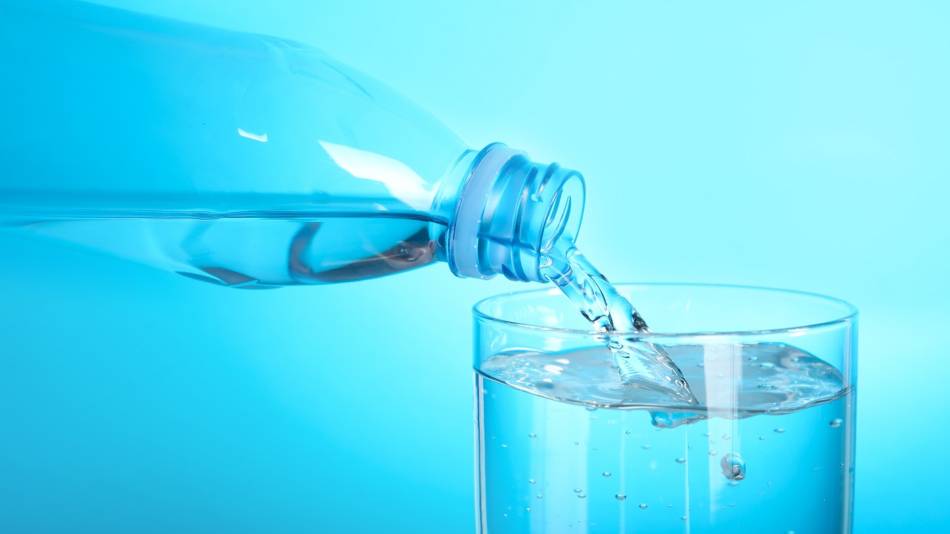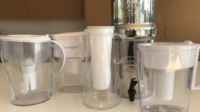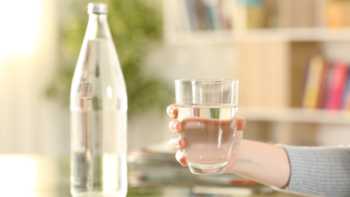Our Members Asked:
Is it true that there are bits of plastic in drinking water, specialty salts, or other foods and beverages? How concerned should I be?

Answer:
Due to manufacturing processes, air and water pollution, and even just how products are used, tiny fragments and fibers of plastic, known as microplastics (and nanoplastics, the smallest microplastics), are being found in foods (such as Himalayan and other salts, fruits, vegetables, rice, and oils) and beverages (tap and bottled waters, beers, and even infant formula). There is emerging evidence that microplastics may have negative health effects, so it may be best to try to avoid exposure where possible. See the full answer to find out the concentrations of microplastic fragments in different salts, waters, fruits, vegetables, and types of beer, as well as the best way to store bottled water.
Also see ConsumerLab's Water Filter Pitchers Review to find out how well popular countertop filter pitchers from Aquasana, Brita, PUR, and ZeroWater worked to remove microplastics and other contaminants in tap water.
Join today to unlock all member benefits including full access to all CL Answers and over 1,400 reviews.
Join NowAlready a member? Sign In Here.
Join now at www.consumerlab.com/join/








Submit your comment
This feature is restricted to active members.
Join now to add comments and get all member benefits, including over 1,400 reviews.
Join NowAlready a member? Sign in here.